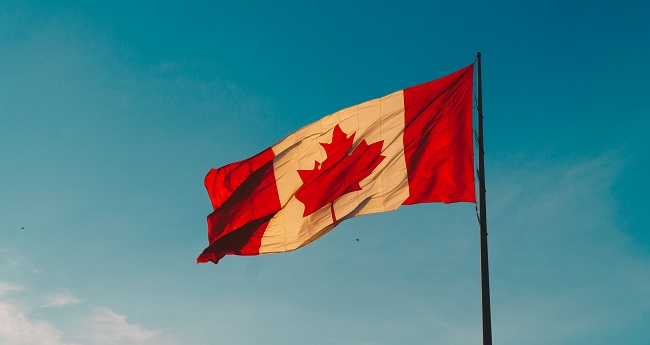
At the end of March, Archegos Capital managed the unprecedented feat of burning up US$ 20 billion in only two days. How did it happen? And what market risks remain?
The event, reminiscent of the meltdown in 1998 of Long-Term Capital Management that lost US$ 4.6 billion over four months, sent shivers through capital markets and had many asking: is this a portent of worse to come?
“Archegos is an indication of over-leverage, believes Aidan Garrib, head of global macro strategy and research at Pavilion Global Markets. If the largest prime lenders are lending to this firm at an 8-to-1 leverage ratio, you can be sure that they’ve done the same to others.”
Not all agree. “I think there’s a lot of margin out there, says Drummond Brodeur, global strategist at CI Investments. Does it represent a systemic risk to the overall market? I don’t think so. Usually, the market is resilient in absorbing such events.”
Unregulated and Hidden
The problem is that any margin buildup remains hidden and lenders don’t know how deeply others are involved. Archegos didn’t even post initial margin.
The notorious 2010 Dodd-Frank Act, 848 pages long, was supposed to protect financial markets from such shocks that caused Credit Suisse, Nomura Holdings and Morgan Stanley to lose about US$ 8 billion in the debacle. But implementing crucial parts of the law has been “delayed again and again,” according to the Financial Times. Rules that would have governed the disclosure of Archegos’s derivatives trades are still not in force, and neither are requirements for players like Hwang to post initial margin, payments meant to cover potential trading losses.”
In fact, an 8-to-1 leverage ratio is relatively tame, according to the last report of the Office of Financial Research, which calculates that it stood at 16-to-1 on average for the 10 largest hedge funds at the end of 2020 (OFR, Office of Financial Research's Annual Report to Congress 2020).
Garrib worries about what happens when multiple brokers get exposed to the risks of highly leveraged bets and the “interconnectedness of the financial markets,” he says, “Not just one, but all prime brokers were involved.” Nevertheless, he recognizes, the downfall of Archegos appears to be an isolated event. “It’s hard to find any other sign of trouble,” he concedes. In comparison, the financial meltdown of 2008 had a long string of warning tremors such as the failure of two Bear Sterns hedge funds in April 2007, the run on British bank Northern Rock in September 2007, and the failure of American Home Mortgage in November 2007, to name a few. It remains to be seen if there will be and aftershocks from the Archegos case. But vulnerabilities remain.
In the six categories of risk the OFR tracks in its “Financial System Vulnerabilities Monitor”, all except one were relatively low-risk at the end of 2020, including macroeconomic risk, credit risk and funding/liquidity risk. Only one was at a maximum risk rating: market risk.
The US$ 281 Trillion Question
More distressing to Garrib are market vulnerabilities due to a global debt buildup. “If you look at the global and the U.S. economies, we’re at one of the most over-levered periods in history.” Indeed, with the help of COVID, “global debt soared to a new record high of US$ 281 trillion in 2020” reports the Institute of International Finance’s Global Debt Monitor, representing 355% of world GDP. The debt buildup is strongest in governments and in non-financial corporates, where total debt represents 105% and 100% of GDP respectively.
Only Way to Grow
“Do we have a debt crisis?” asks Brodeur, “Not if rates don’t go up. If rates go up, it will become unsustainable.” At the end of World War II, he recalls, the last time debt levels shot up so high, countries succeeded in growing themselves out of it. That’s what countries hope to accomplish again with the twin tools of loose monetary and loose fiscal policies.
The Federal Reserve and most large central banks have announced that they will keep interest rates low for the foreseeable future, but minuscule short term yields create a stressful situation, believes Garrib. And a negative real cost of money encourages financial players to pile up leverage, especially in the Eurodollars market. In return, rock-bottom rates give central banks less room to maneuver if a new crisis hits.
Garrib sees in the Fed’s recent repo purchases the discreet beginning of a move toward higher rates. “It’s the first sign of tightening, he says. The Fed is putting cash on its balance sheet and giving out repos.” Modest beginnings. How will this US$ 281 trillion issue pan out? “Let’s see”.



















